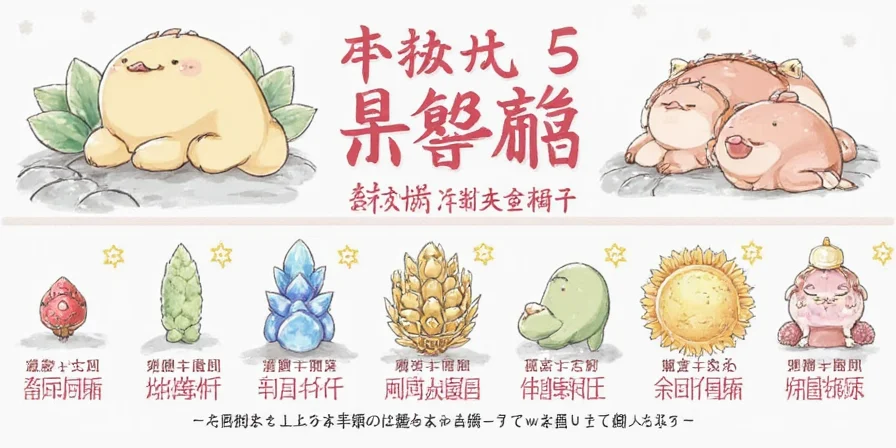Yakiniku tare is a Japanese grilling sauce made from soy sauce, mirin, sake, garlic, ginger, and sugar that enhances grilled meats with umami-rich flavor without overpowering them. Unlike Western BBQ sauces, it works as a flavor catalyst through enzymatic reactions rather than sugar concentration.
Quick Reference: Basic Yakiniku Tare Recipe
For immediate use: Combine 1 cup soy sauce, 1/2 cup mirin, 1/4 cup sake, 2 tbsp sugar, 3 minced garlic cloves, and 1 tbsp grated ginger in a saucepan. Simmer 10 minutes, cool completely, and refrigerate. Makes enough for 4-6 servings of grilled meat.

What Is Yakiniku Tare and Why It's Different
Yakiniku tare (焼肉のたれ) is Japan's essential grilling sauce, distinct from teriyaki or Korean BBQ sauces. The name translates to "grilled meat sauce" and it's the secret behind authentic Japanese barbecue experiences. Unlike common misconceptions, it's not merely a dipping sauce but a culinary tool that chemically interacts with proteins during cooking.
Key differences from similar sauces:
| Sauce Type | Sugar Content | Primary Function | Texture |
|---|---|---|---|
| Yakiniku Tare | Low (8-12%) | Flavor penetration & umami enhancement | Thin, watery consistency |
| Teriyaki Sauce | High (25-30%) | Glossy surface finish | Thick, syrupy consistency |
| Korean BBQ Sauce | Medium (15-20%) | Surface coating with spice | Medium thickness with particles |
How to Use Yakiniku Tare Properly
Most home cooks make these three critical mistakes:
- Using it as a post-cooking dipping sauce only (diminishes flavor potential)
- Applying too early in cooking process (causes burning)
- Substituting with teriyaki sauce (alters entire flavor profile)
For authentic results, follow this sequence:
- Marinate: 30-60 minutes for beef/pork (never longer than 2 hours)
- Pre-cook: Pat meat dry to ensure proper searing
- Middle phase: Baste with diluted tare (1:1 water ratio) at 50% cooking time
- Finish: Apply undiluted sauce during final 2 minutes when surface reaches 140°C (285°F)

Authentic Yakiniku Tare Recipe Variations
Regional differences affect flavor profiles. Choose based on your cooking method:
| Style | Best For | Key Modification | Resting Time |
|---|---|---|---|
| Kanto (Tokyo) | Charcoal grilling | Add 1 tbsp toasted sesame oil | 24 hours |
| Kansai (Osaka) | Indoor griddles | Add 2 tbsp rice vinegar | 12 hours |
| Hokkaido | Lamb & game meats | Add 1 tbsp miso paste | 48 hours |
Frequently Asked Questions
- Can I make yakiniku tare without alcohol?
Yes, but with flavor trade-offs. Replace sake with 1/4 cup water + 1 tsp rice vinegar. Replace mirin with 1/4 cup apple juice + 1 tsp lemon juice. Note: this version won't develop the same depth of flavor.
- How long does homemade yakiniku tare last?
Properly stored in glass container: 3 weeks refrigerated, 3 months frozen. Commercial versions typically last 6 months unopened, 1 month after opening. Discard if you notice separation that doesn't recombine with shaking.
- What meats work best with yakiniku tare?
Traditional pairings: beef short rib (best), pork belly, chicken thigh. Modern adaptations: salmon, king oyster mushrooms, and even roasted vegetables. Avoid delicate fish like sole or flounder.
- Why does my sauce burn during cooking?
This happens when applied too early. Sugar caramelizes at 160°C (320°F) - wait until final cooking phase when surface temperature reaches 140°C (285°F). Always pat meat dry before applying.
- Can I use yakiniku tare as a soup base?
Yes, but dilute significantly (1 tsp per cup of broth). Add during final 5 minutes of simmering - boiling destroys delicate flavor compounds. Works exceptionally well with noodle soups and hot pots.
Troubleshooting Common Problems
Fix these issues with simple adjustments:
| Problem | Immediate Fix | Prevention |
|---|---|---|
| Sauce burns easily | Reduce heat immediately, add 1 tbsp water | Apply only during final 2 minutes of cooking |
| Meat sticks to grill | Let meat cook 30 seconds longer before flipping | Pat meat dry before grilling, preheat grill properly |
| Sauce separates in storage | Shake vigorously, add 1 tsp rice vinegar | Use glass containers, include emulsifier during prep |

Where to Buy Authentic Yakiniku Tare
When homemade isn't an option, look for these quality indicators on store-bought versions:
- Ingredients should list only: soy sauce, mirin, sake, garlic, ginger, sugar
- Avoid products with: corn syrup, artificial colors, xanthan gum
- Recommended brands: Yamasa, Kikkoman, Mitsukan (check "for yakiniku" label)
- Asian grocery stores typically have better quality than Western supermarkets
Price guide: $3-5 for 250ml (authentic), $1.50-2 for same size (mass-market versions with additives)











 浙公网安备
33010002000092号
浙公网安备
33010002000092号 浙B2-20120091-4
浙B2-20120091-4